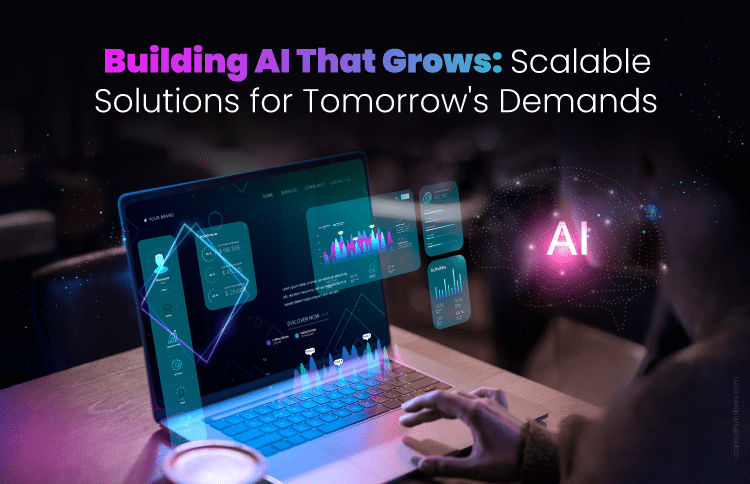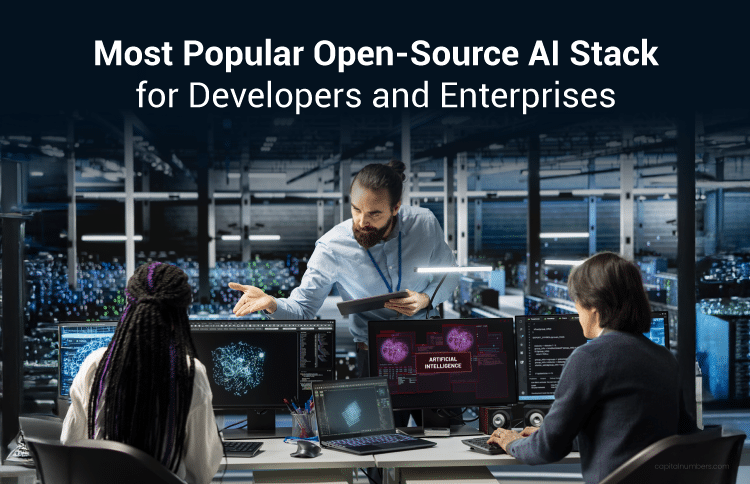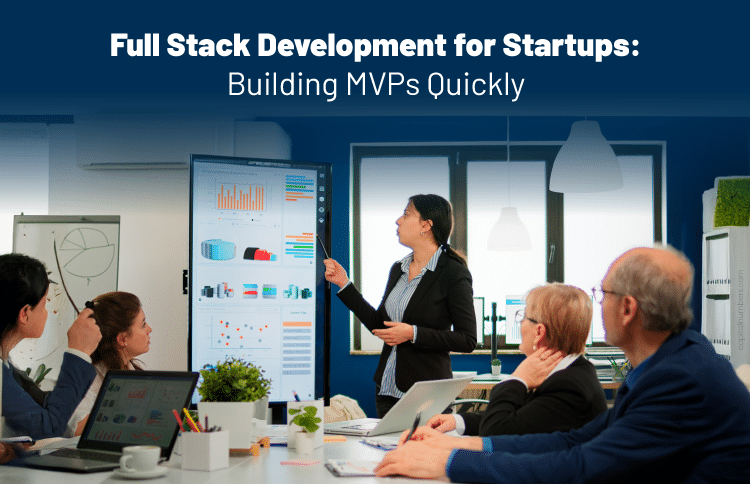Building AI That Grows: Scalable Solutions for Tomorrow’s Demands
Table of Contents
Artificial intelligence (AI) is transforming industries by automating processes, optimizing decision-making, and enhancing user experiences. However, building scalable AI solutions is a complex challenge that requires careful planning, robust infrastructure, and strategic execution.
In this blog, we will explore the essential principles and best practices for developing AI systems that can handle increasing workloads while maintaining efficiency and reliability.
Understanding Scalability in AI
Scalability refers to an AI system’s ability to manage growing data volumes, computational demands, and user requests without performance degradation. A scalable AI solution can seamlessly expand while maintaining low latency, high accuracy, and optimal resource utilization.
There are two types of scalability:
- Vertical Scalability – Enhancing system performance by upgrading hardware resources such as memory, storage, and processing power.
- Horizontal Scalability – Expanding the system by adding more servers or computing nodes to distribute workloads efficiently.
Both approaches play a crucial role in ensuring AI solutions remain responsive and effective in dynamic environments.
Key Considerations for Building Scalable AI Solutions
1. Data Management and Preprocessing
AI models thrive on data. Ensuring scalability requires a well-structured data management strategy:
- Data Storage Solutions – Use distributed storage systems like Hadoop, Amazon S3, or Google BigQuery to handle vast amounts of data efficiently.
- Data Cleaning and Preparation – Standardizing and preprocessing data ensure that AI models receive high-quality inputs, leading to better outcomes.
- Real-time Data Processing – Implement tools like Apache Kafka or Spark to process and analyze streaming data dynamically.
2. Choosing the Right AI Model
Selecting the appropriate AI model is critical for scalability:
- Lightweight Models – Opt for optimized models that require less computation while delivering accurate predictions. Techniques such as model quantization and pruning help reduce complexity.
- Transfer Learning and Pretrained Models – Leveraging pretrained models from frameworks like TensorFlow, PyTorch, or Hugging Face can reduce the need for excessive computation.
- AutoML & Model Optimization – Automated machine learning (AutoML) helps tune hyperparameters, optimize architecture, and improve efficiency without manual intervention.
3. Infrastructure and Cloud Computing
Cloud platforms provide scalable AI infrastructure with flexible computing resources:
- Cloud-Based AI Services – Utilize platforms like AWS, Google Cloud AI, and Microsoft Azure AI for seamless scalability.
- Containerization – Deploy AI models using Docker and Kubernetes to ensure portability and efficient resource allocation.
- Edge Computing – Processing AI computations closer to the source (on edge devices) reduces latency and enhances scalability for real-time applications.
4. Optimizing AI Model Deployment
To achieve scalable AI deployment:
- Microservices Architecture – Break down AI components into independent microservices that communicate via APIs for modular scalability.
- Serverless Computing – Use platforms like AWS Lambda or Google Cloud Functions to dynamically allocate computing resources based on demand.
- Load Balancing – Implement load balancers to distribute traffic across multiple nodes and prevent system bottlenecks.
5. Performance Monitoring and Continuous Improvement
AI solutions must be continuously optimized for scalability:
- Real-time Monitoring Tools – Solutions like Prometheus, Grafana, or ELK Stack provide insights into system performance.
- Model Retraining and Updating – Continuous learning ensures AI models remain adaptive to evolving data patterns.
- A/B Testing & Model Versioning – Experimentation with different AI models allows for performance enhancements and risk mitigation.
Ready to scale your AI solutions? Partner with Capital Numbers for
Leverage our expert AI development services that drive innovation and efficiency. Contact us today to get started!
Challenges and Solutions in AI Scalability
Building scalable AI solutions comes with challenges such as high computational costs, data privacy concerns, and model drift. Here’s how to tackle them:
- Cost-Efficiency – Use cost-effective cloud-based AI instances and auto-scaling mechanisms.
- Privacy & Security – Implement encryption, differential privacy, and secure access controls to protect user data.
- Handling Model Drift – Continuously monitor AI models and retrain them on updated datasets to maintain accuracy.
You May Also Read: Cloud-Native Development: What Business Leaders Need to Know
Conclusion
Building scalable AI solutions is a multidimensional task that requires a combination of robust infrastructure, efficient data management, optimized AI models, and strategic deployment approaches. By embracing cloud computing, microservices architecture, and automation, organizations can develop AI systems that adapt seamlessly to growth and demand.
As AI continues to evolve, scalability will remain a fundamental aspect of successful implementations. With the right methodologies, businesses can leverage AI to drive innovation, enhance efficiency, and create impactful solutions that scale effortlessly with technological advancements.


















